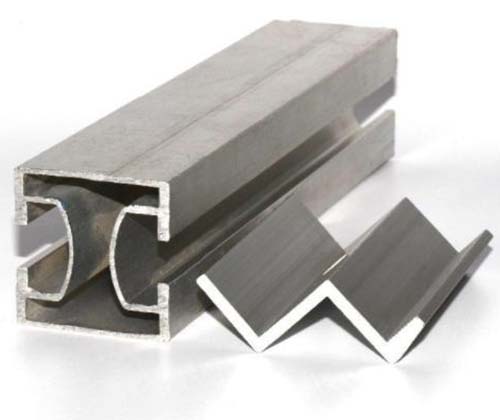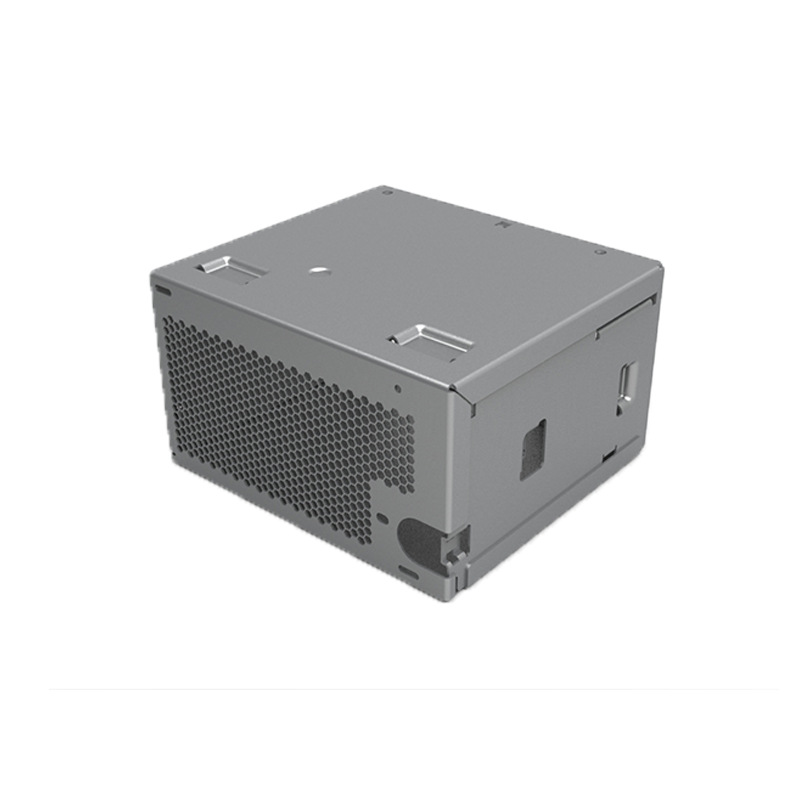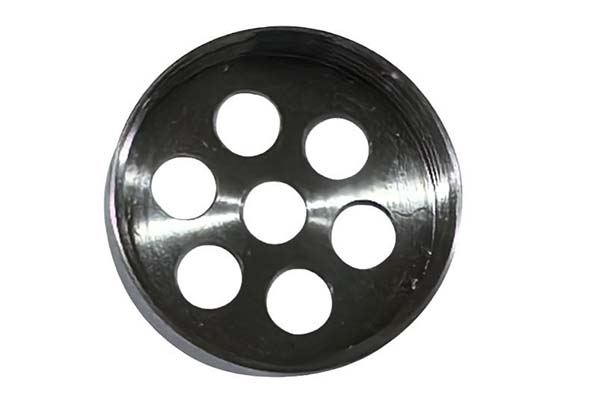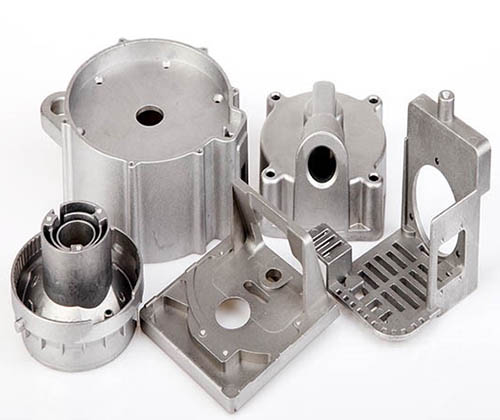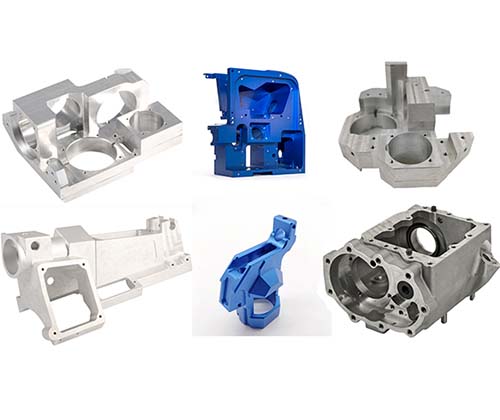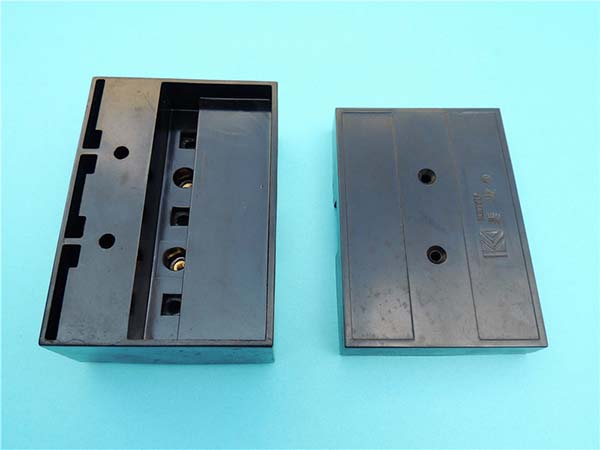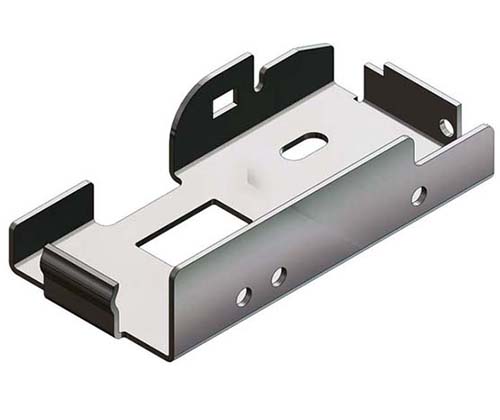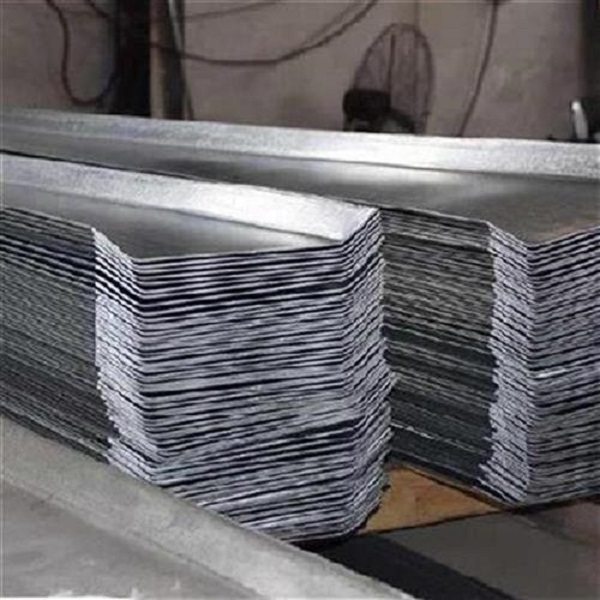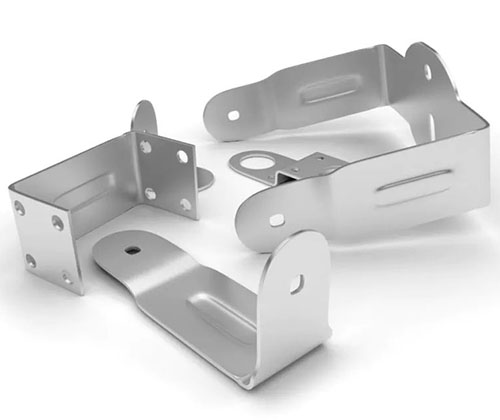Introduction
Engineers and manufacturers working in marine applications and corrosive environments often struggle to find a material that can withstand constant saltwater exposure and harsh chemicals. Many stainless steels corrode quickly in such conditions, leading to frequent replacements and high maintenance costs. Sheet Metal SUS316 (Marine Grade) solves this problem, standing out as a top - tier austenitic stainless steel with exceptional corrosion resistance. In this article, we’ll explore its material composition, manufacturing processes, surface treatments, and applications to show why it’s the go - to choice for demanding environments.
Material Composition and Properties of Sheet Metal SUS316 (Marine Grade)
Alloy Composition
- Key Elements: SUS316 (Marine Grade) is a premium austenitic stainless steel with a unique alloy blend. It contains 16 - 18% chromium, which forms a protective oxide layer, and 10 - 14% nickel, which stabilizes the austenitic structure, making it non-magnetic and highly ductile. The standout element is 2 - 3% molybdenum, which significantly enhances its resistance to pitting and crevice corrosion—critical for saltwater exposure. Other elements include up to 0.08% carbon, 2% manganese, 1% silicon, and trace amounts of sulfur and phosphorus (each under 0.03% and 0.045% respectively). This composition is what makes SUS316 ideal for marine applications and chemical processing equipment.
Mechanical and Physical Properties
- Strength, Ductility, and Hardness: Sheet Metal SUS316 (Marine Grade) offers impressive mechanical properties. Its tensile strength ranges from 515 - 795 MPa, and the yield strength is 205 MPa, providing ample strength for shipbuilding and offshore structures. Its ductility is excellent, with an elongation of 40 - 60%, allowing for easy bending, forming, and rolling. For example, when fabricating curved boat parts like hull fittings, this ductility ensures the metal doesn’t crack. The hardness is moderate, with a Rockwell hardness of 70 - 90 HRB, balancing durability and workability.
- Corrosion Resistance and Other Properties: The corrosion resistance of SUS316 is unmatched in many environments. It resists not only saltwater exposure but also acids, alkalis, and chlorides—making it perfect for chemical processing and pharmaceutical equipment. In salt spray tests, it can withstand over 5000 hours without rusting, far longer than 304 stainless steel (which typically lasts 1000 - 2000 hours). It also has good impact resistance, even at low temperatures, and its thermal conductivity (16 W/(m·K)) and electrical conductivity (2.1 × 10⁶ S/m) are similar to other austenitic grades, suitable for a wide range of applications.
Manufacturing Processes of Sheet Metal SUS316 (Marine Grade)
Forming and Shaping
- Rolling, Cutting, and Bending: The manufacturing process of Sheet Metal SUS316 (Marine Grade) starts with rolling, where slabs are heated and rolled into sheets of various thicknesses (0.3 mm to 10 mm). Cutting methods like laser cutting and CNC machining produce precise shapes for boat parts and offshore structures. Its excellent ductility makes bending and forming effortless—even tight 90° bends are possible without cracking, which is essential for architectural components in coastal areas.
- Welding and Heat Treatment: Welding SUS316 requires care to maintain its corrosion resistance. Using welding techniques like TIG (Tungsten Inert Gas) welding with matching filler metals ensures strong, corrosion - resistant joints. Post-weld treatment such as annealing (heating to 1040 - 1100°C and cooling quickly) helps remove weld oxides and restore the material’s properties. This step is crucial for marine applications where welds are exposed to saltwater. Heat treatment also softens the metal after cold working, preserving its ductility for further processing.
Surface Treatment and Finishing of Sheet Metal SUS316 (Marine Grade)
Cleaning and Protective Treatments
- Pickling and Passivation: After manufacturing, pickling (using a mixture of nitric and hydrofluoric acids) removes weld scale and impurities, preparing the surface for further treatment. Passivation with nitric acid enhances the protective oxide layer, boosting corrosion resistance—vital for marine applications and sanitary applications like food processing equipment.
- Aesthetic and Functional Finishes: Surface finishing options for SUS316 include brushed finish (popular for boat parts and architectural components), mirror finish (used in high - end pharmaceutical equipment and decorative pieces), and grain finish (ideal for industrial machinery). Electropolishing creates an ultra - smooth surface, reducing the risk of bacterial growth—perfect for medical devices. For added protection in extreme corrosive environments, corrosion - resistant coatings can be applied, though SUS316 often performs well without them. Surface roughness is tightly controlled, ranging from 0.02 - 5 μm Ra, depending on the application.
Applications of Sheet Metal SUS316 (Marine Grade)
Marine and Offshore Applications
- Shipbuilding and Boat Parts: Sheet Metal SUS316 (Marine Grade) is a staple in shipbuilding, used for hulls, propeller shafts, and deck fittings. Its resistance to saltwater exposure ensures these components last for decades. Boat parts like railings, cleats, and pumps also rely on it, as it withstands the harsh conditions of ocean and freshwater environments.
- Offshore Structures: Offshore structures such as oil rigs, wind turbines, and drilling platforms use SUS316 for pipes, brackets, and safety barriers. Its ability to resist corrosion from salt spray and seawater makes it a reliable choice for these critical structures.
Other Industrial and Sanitary Applications
- Chemical Processing and Pharmaceutical Equipment: In chemical processing, SUS316 is used for pipes, tanks, and valves that handle acids, solvents, and corrosive gases. Pharmaceutical equipment (mixing tanks, conveying systems) benefits from its corrosion resistance and easy - to - clean surfaces, meeting strict hygiene standards.
- Food Processing and Medical Devices: Food processing equipment like meat grinders and dairy tanks uses SUS316, as it resists corrosion from food acids and cleaning agents. Medical devices (surgical tools, implants) also use it for its biocompatibility and resistance to bodily fluids.
- Aerospace and Construction: The aerospace industry uses SUS316 for components exposed to high humidity and corrosive fluids. In construction, it’s used for architectural components in coastal areas, where its corrosion resistance stands up to salt - laden air.
Yigu Technology's Perspective
As a parts custom manufacturing supplier, Yigu Technology relies on Sheet Metal SUS316 (Marine Grade) for projects in harsh environments. We leverage its ductility and corrosion resistance in laser cutting, CNC machining, and precision welding to produce parts for marine applications, chemical processing equipment, and medical devices. Our expertise in surface finishing—from passivation to electropolishing—ensures each component meets the highest standards, making SUS316 a trusted choice for durable, long - lasting solutions.
FAQs
- How does SUS316 differ from SUS304 in terms of corrosion resistance?
- SUS316 outperforms SUS304 in corrosive environments, especially those with saltwater or chlorides, thanks to its molybdenum content. SUS304 is suitable for mild conditions, while SUS316 is the choice for marine applications and chemical processing.
- Is SUS316 difficult to machine or weld?
- SUS316 is slightly more challenging to machine than SUS304 due to its toughness, but with proper tooling and coolants, it’s manageable. Welding is straightforward with the right welding techniques and post-weld treatment to maintain corrosion resistance.
- Can SUS316 be used in freshwater environments?
- Yes, SUS316 performs excellently in freshwater, though it may be overkill for non - corrosive freshwater applications where SUS304 could suffice. It’s most valuable in saltwater exposure or corrosive environments.
